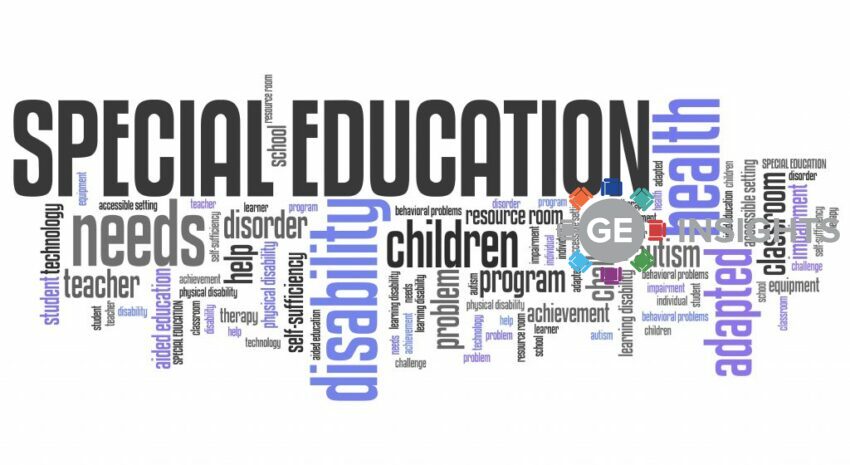Conflict at work impacts the whole team. Left unresolved it can have a negative impact on employee wellbeing, engagement and productivity.
As a leader being able to recognise, understand and resolve conflict is a necessary skill. However, prevention of conflict is better than resolutions.
Without strong declaration systems employees feel as though they cannot speak out about grievances, allowing for difficulties to build up or fester. Workplace culture and relationships are key to creating an environment in which employees feel they can speak openly about difficulties.
The CIPD recommends:
‘build and sustain relationships…creat[ing] an environment that is open, respectful, kind, fair and consistent, to ensure you are in the best position to identify conflict in your team at the earliest possible stage’ [1].
While prevention is better than resolution, inevitably workplace conflict happens. So, as a manager how can you work to resolve conflict?
- Encourage informal ways to resolve conflict, a workplace culture of openness and communication will help
- Be ready to facilitate conversations for resolutions. Managers need to decide actively that a conversation is needed. You could consider how you might have contributed to the situation and talk about it – opening up a constructive dialogue
- Listen actively to each team member involved – identifying the route cause is essential to the conflict not re-occurring
- Plan what needs to be accomplished – set out with a purpose that benefits each side. There is an opportunity within conflict to learn about each other and develop team relationships.
- Decide how you are going to move forward, setting out an action plan, identifying the responsibilities each party has in resolution
- Monitor the progress of the resolution by scheduling follow-up meetings to check progress

But what if the dispute is between employees and an employer?
Solving the problem should be a two-way process, beginning with an informal chat. The employer should begin by letting the employee explain the problem and any suggested solutions. The employee can then listen to what the employer has to say.
ACAS, the Advisory, Conciliation and Arbitration Service, suggests that it’s a good idea to agree to any request from the employee to bring a work colleague, trade union representative or another relevant person to a meeting. Even if an employee raises a problem informally, you should still take it seriously!
If you cannot find a resolution then ACAS provides a free and voluntary ‘collective conciliation’ resource. This service provides an impartial ‘conciliator’ to help both sides come to an agreement and settle the dispute [2].
Conflict is part of day-to-day life; it is how it is managed and resolved that define workplaces. ACAS provides free e-learning courses for employees and employers, covering a wide range of employment issues, including resolving conflict in the workplace.
[1] cipd.co.uk. 2021. Dealing with conflict at work: a guide for line managers. [online] [accessed 11/05/21]
[2] acas.org.uk. [online] [accessed 11/05/21]
Register FREE to access 2 more articles
We hope you’ve enjoyed your first article on GE Insights. To access 2 more articles for free, register now to join the Government Events community.
(Use discount code CPWR50)




